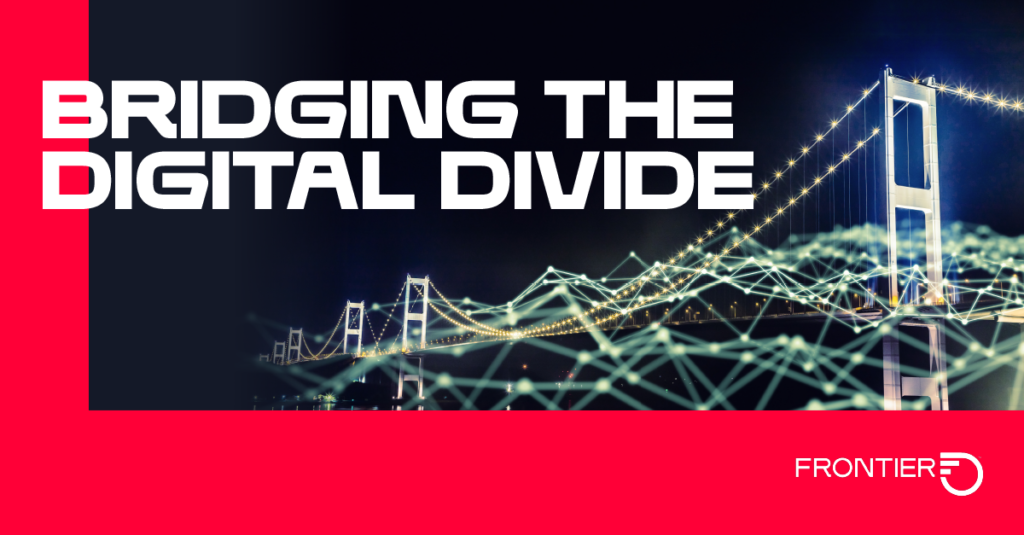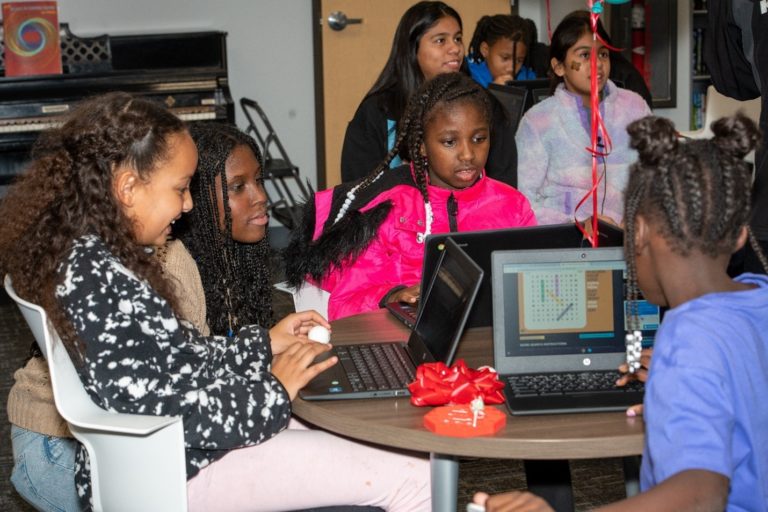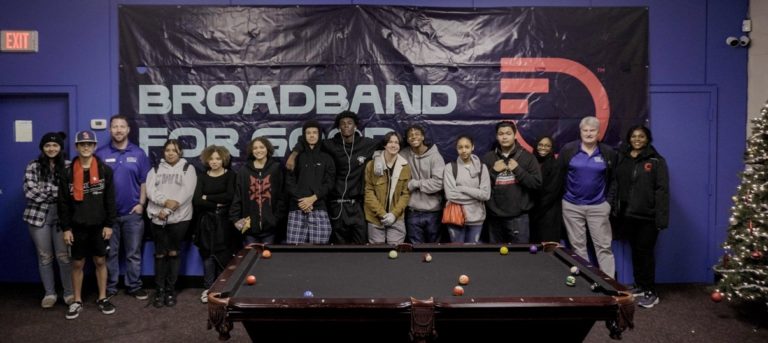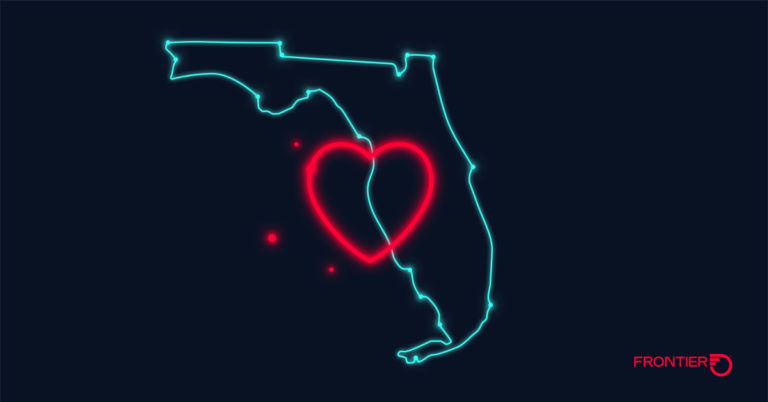Not too long ago in many parts of the country, it wasn’t hard to find a young student doing their homework in the parking lot outside a McDonald’s or another fast-food restaurant.
Why? Because those places have Wi-Fi and the student had none at home.
That’s an example of the digital divide, the topic of a recent panel discussion led by our Head of DEI Dr. Marlette Jackson, as part of our observation of Hispanic and Latino Heritage Month.
The panelists were:
- Sunne Wright McPeak, President and CEO of the California Emerging Technology Fund (CETF)
- Leticia Alejandrez, Director of Telehealth and Human Services for CETF
- Dawn Gilbert, Director of Strategic Sourcing at Frontier
As the student example illustrates, the digital divide is the gap between individuals who have access to computers, high-speed Internet, and the skills to use them and those who do not. For many low-income communities, digital inequality is directly linked to social inequality.
It’s a challenge affecting people of color disproportionately in the United States. While seven of 10 Latinos have a smartphone, it is often their only digital device, and it powers an outsized portion of their digital activity. The COVID pandemic exacerbated the challenge and brought to light just how impacted underserved and minoritized communities are by the lack of digital equipment and broadband connectivity.
At the height of the pandemic, many Hispanic and Latino/a/e/x children did not have enough computers or tablets in their homes to attend school remotely. And many were forced to work from their parents’ smartphones or had to search for a connection to the internet outside the home.
As we work to reflect the communities we serve, we are working to bridge that digital divide every day. Our efforts have included handing out 50,000 Chromebooks to California school districts in underserved areas, as well as families living on tribal lands, to help schools better meet the distance-learning needs of students and parents during the pandemic. We also use grants to bring broadband to underserved areas.
Most recently, we launched our first social impact program – Broadband for Good. A commitment to accelerating digital inclusion, the program will support our purpose of Building Gigabit America by using our fiber technology and resources to connect more people to the digital society. By supporting local organizations working to bridge the digital divide, we’re helping people realize their full potential and improve their lives.
Leticia said her organization sees the digital divide as a civil right, akin to air and water. And she pointed out that COVID really helped them understand that divide.
“I mean, there was no disbelieving that there was a digital divide and how important it is to address it,” she said.
Sunne said CETF views the digital divide as another manifestation of the economic divide, the opportunity divide, and the wealth gap. She believes that only when we understand the full dimensions of why people are digitally disadvantaged and tackle those root causes will we get to digital equity. Citing our engagement and commitment to this issue, Sunne said CETF’s working relationship with Frontier has been the gold standard for working with an Internet service provider.
We’re engaged with community-based organizations in Hispanic and Latino communities and others so that we reflect the communities we serve. Using the power of technology, we’re working to address critical connectivity needs and find innovative ways to promote digital inclusion.



